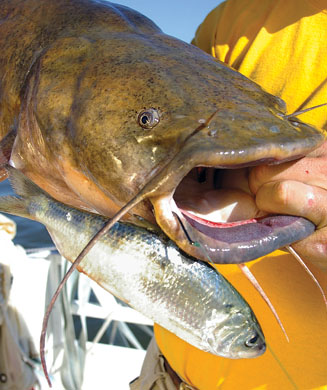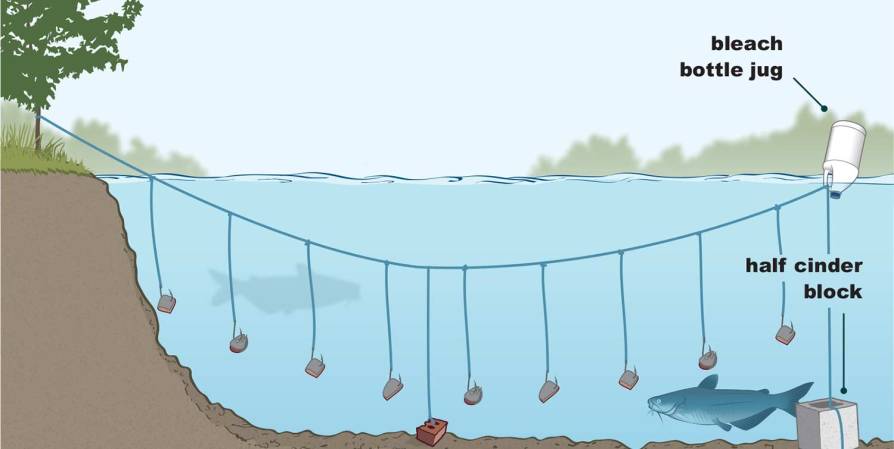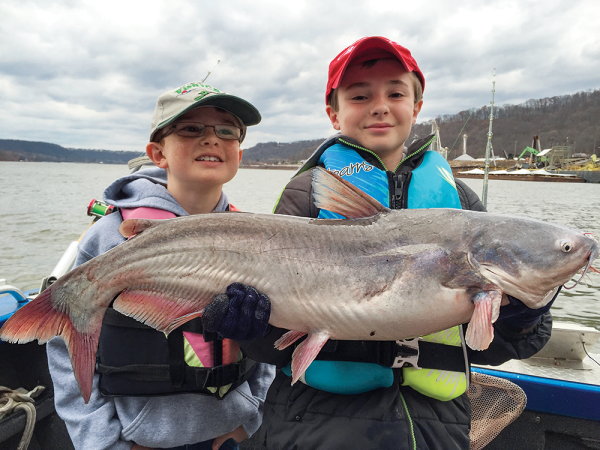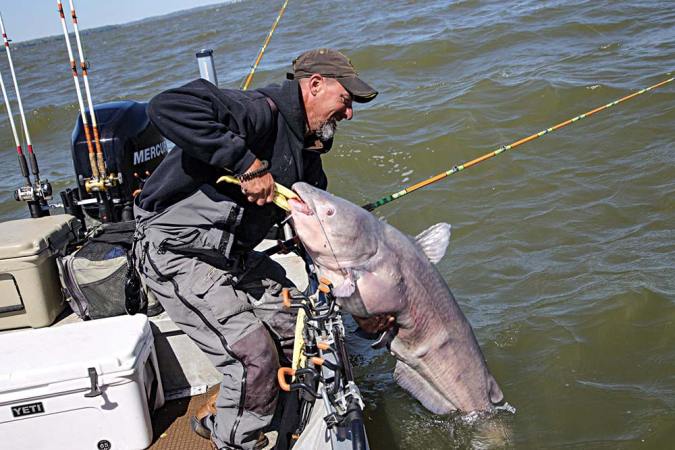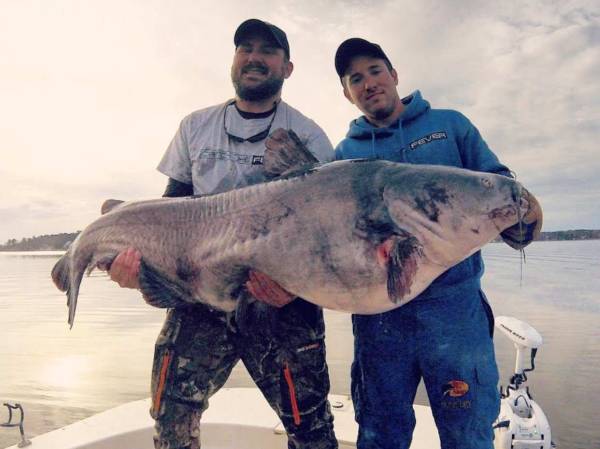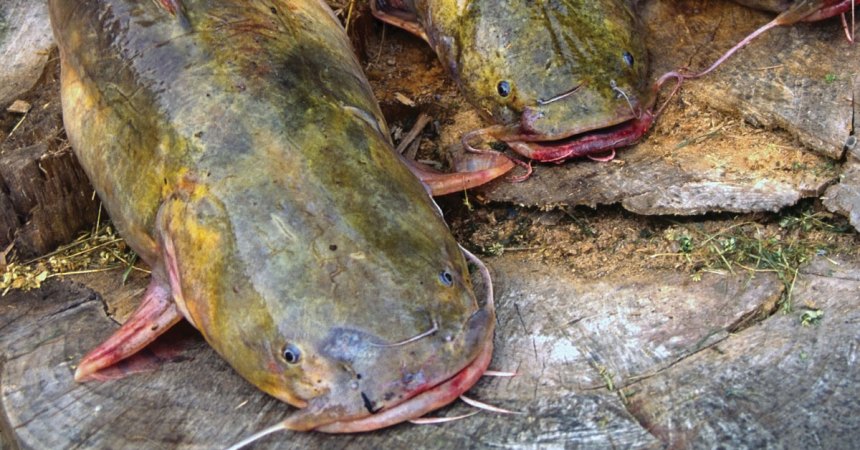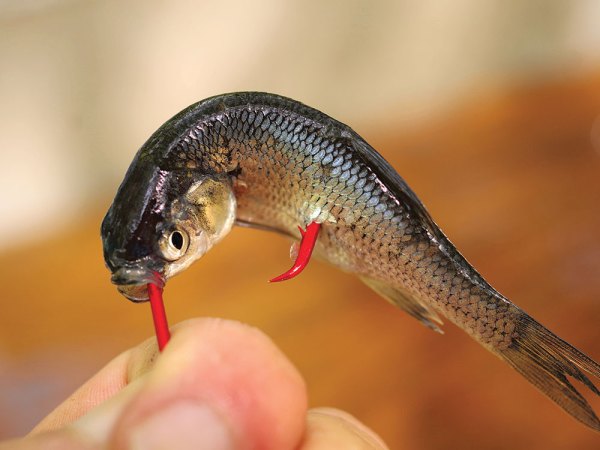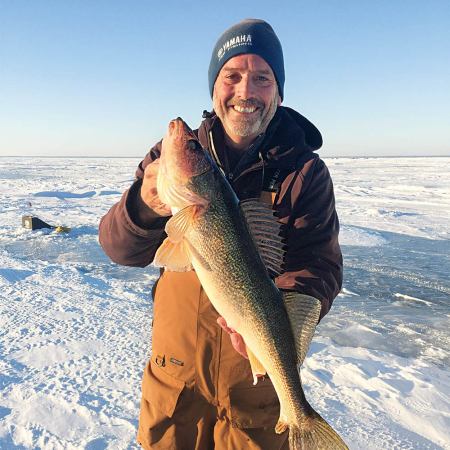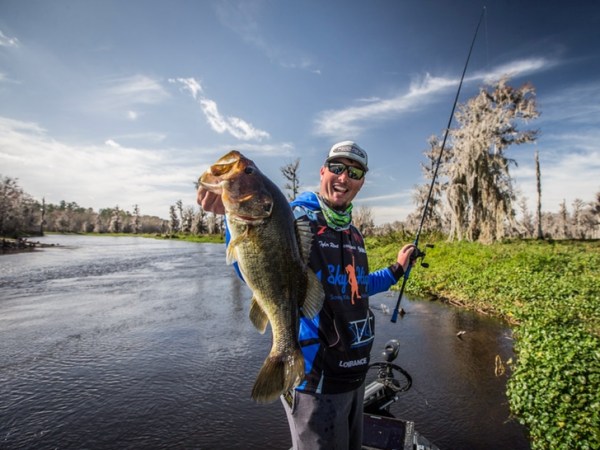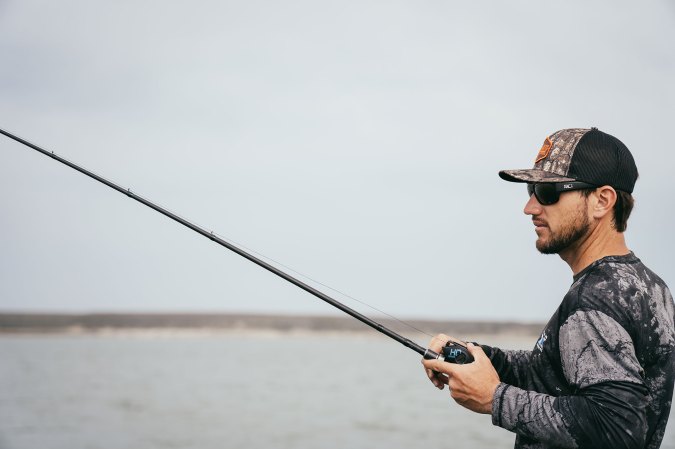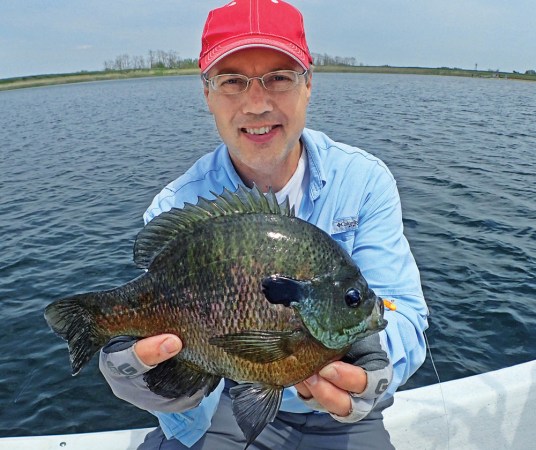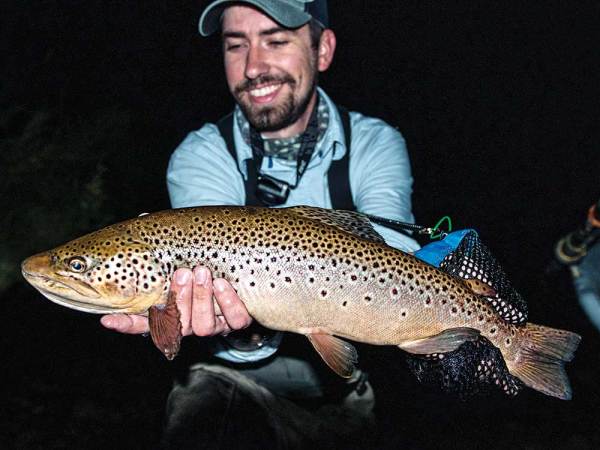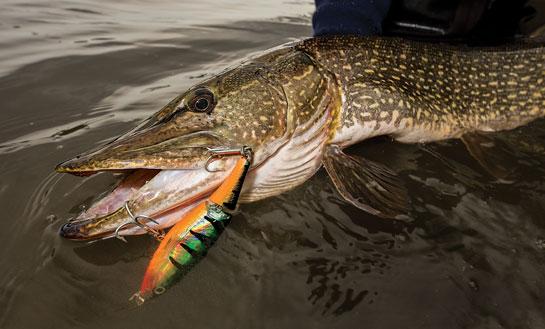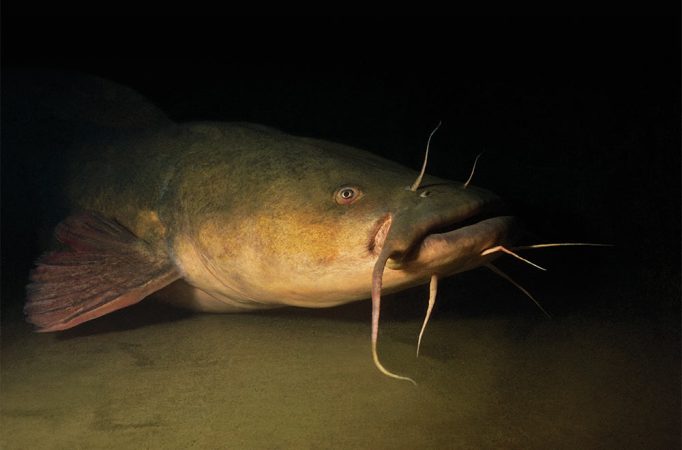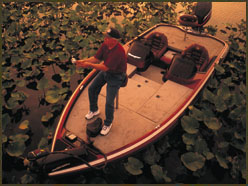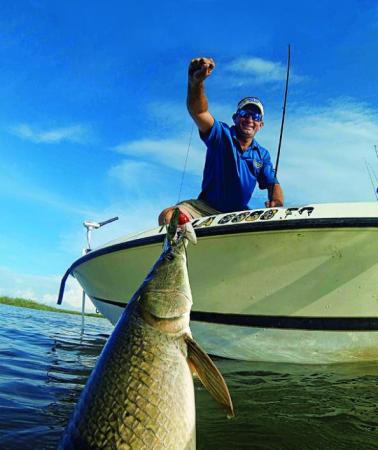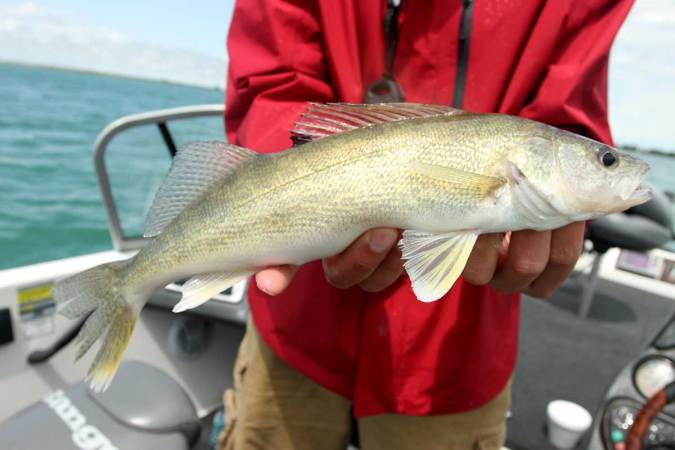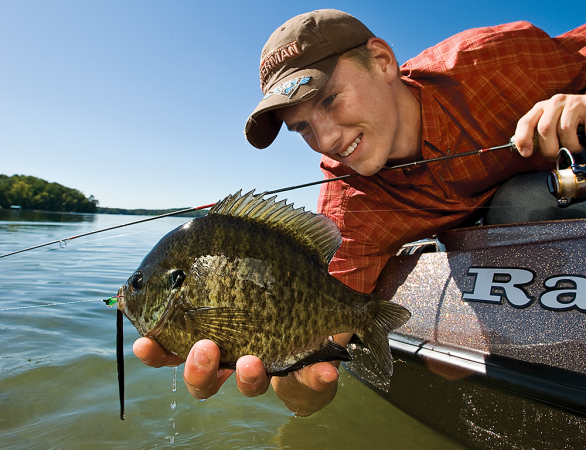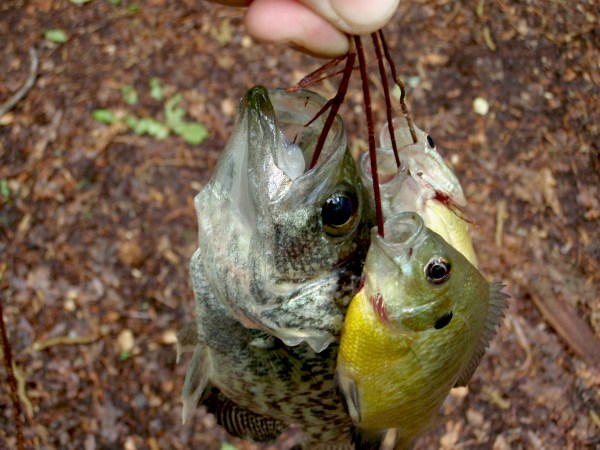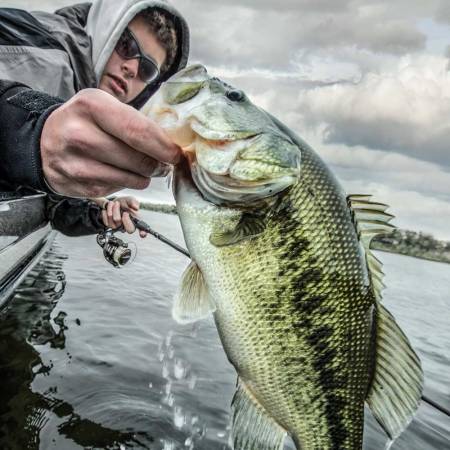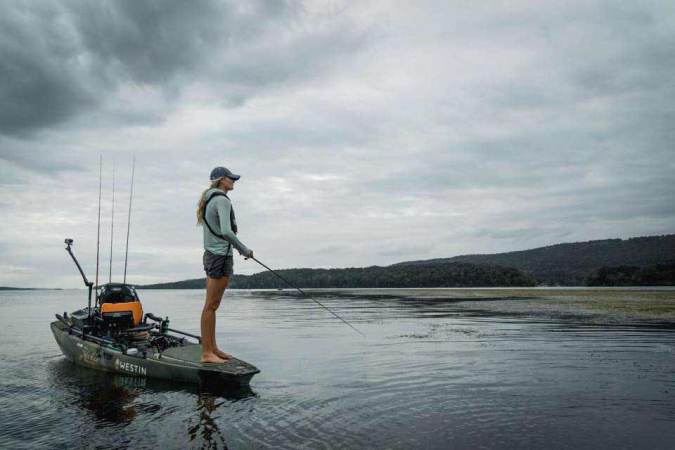Photo: Jen Finger/Windigo Images
It might seem like a fish tale and you might even be a little disgusted, but splat fishing for catfish is so easy, you’ll quickly overcome your aversion. My first time out splat fishing, I caught more than 100 fish in a four-hour period, and it made a believer out of me.
The much-maligned cormorant is responsible for this surprising tactic. Cormorants, also known as water turkeys or grease chickens, roost on lakes across the country once the first cool front of the year arrives. It’s common to find hundreds of roosting birds on lakes and reservoirs, where each can consume up to one pound of fresh fish in a single feeding. However, their digestive systems work poorly, so the fish they eat are only partially digested before they are expelled. The result is a catfish angler’s dream.
As the birds spend their nights on roost excreting shad, catfish go on a feeding frenzy. Channel and blue catfish move en masse to feed on this easy, and what some might call revolting, meal. Catfish can often be seen tailing on top of the water on calm days,and they pack into these areas so thick that catching a fish per cast is often possible.
Splat Facts
Gearing up for splat fishing is simple. Just about any rod and reel will do. Just make sure you have a combo that allows for long, accurate casts and a reel capable of landing a large catfish. Braided fishing line is preferred because you’ll be fishing in and around heavy timber. The Team Catfish Tug-O-War braided line is a favorite among many catfish anglers.
Tie up a traditional bobber rig for the correct presentation. Start with a No. 4 treble hook on the end of the line, adding a split-shot sinker a few inches above the hook, and finish off with a round weighted foam bobber about 12 to 18 inches above the hook.
Bait your hook with a punch-style catfish bait. Punch baits are best because the hook can be baited without your having to touch the stinky bait. With a large screwdriver, push the hook into the punch bait and then smooth the bait over the top. Grab the line and pull the hook from the bait at an angle and you’re ready to fish. Benny Robert’s Sure Shot Catfish Punch Bait is a good choice–it’s even made to look (and smell) like the wad of cormorant droppings that the catfish are feeding on.
Night Is Right
The key to this technique is locating the night roosting locations of the cormorants–not their daytime roosts. These are generally shallow-water areas in the backs of creeks and coves. Areas where rivers flow into lakes and reservoirs are often favorite spots.
The best fishing will be on days with very little to no wind. Be on the water early, well before sunrise, and locate the roosting areas marked by white-washed trees. There is a very limited window of time after first light, so be rigged and ready to start fishing quickly.
These fish spook easily, so approach quietly. It’s best to use a trolling motor and be very careful not to bump into any trees or stumps or make any unnecessary noise.
Stay as far back from the cormorant roost as possible and cast around the bases of the stumps and standing timber. In areas with standing trees, cast around the bases and under the limbs as well.
When the bobber hits the water, allow it to sit for 10 to 15 seconds, then retrieve and repeat the process working through each area of timber. Most of the fish will bite within seconds of the bobber’s hitting the water, thinking it’s a cormorant above dropping them an easy meal. Allow just a few extra seconds to produce fish. Cast the bobber so that it makes a big splat when it hits the water. Also, make sure to keep plenty of punch bait on the hook and re-bait often. It’s critical that your offering looks like cormorant droppings.
Working quickly and efficiently is crucial. The results will be a nice mess of blue and channel catfish that you’ll be bragging about for years to come, though you might want to keep the details of how you caught them to yourself.

